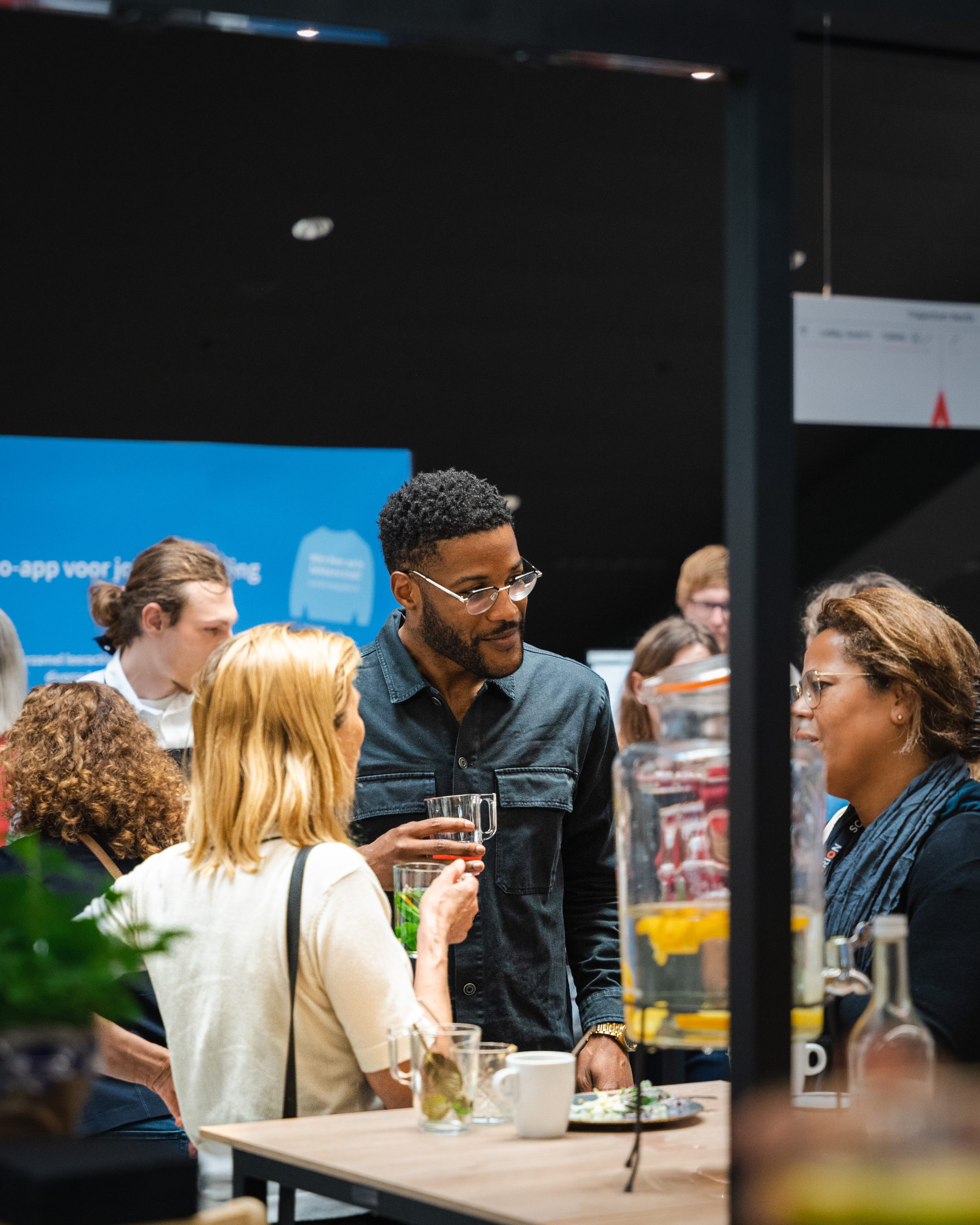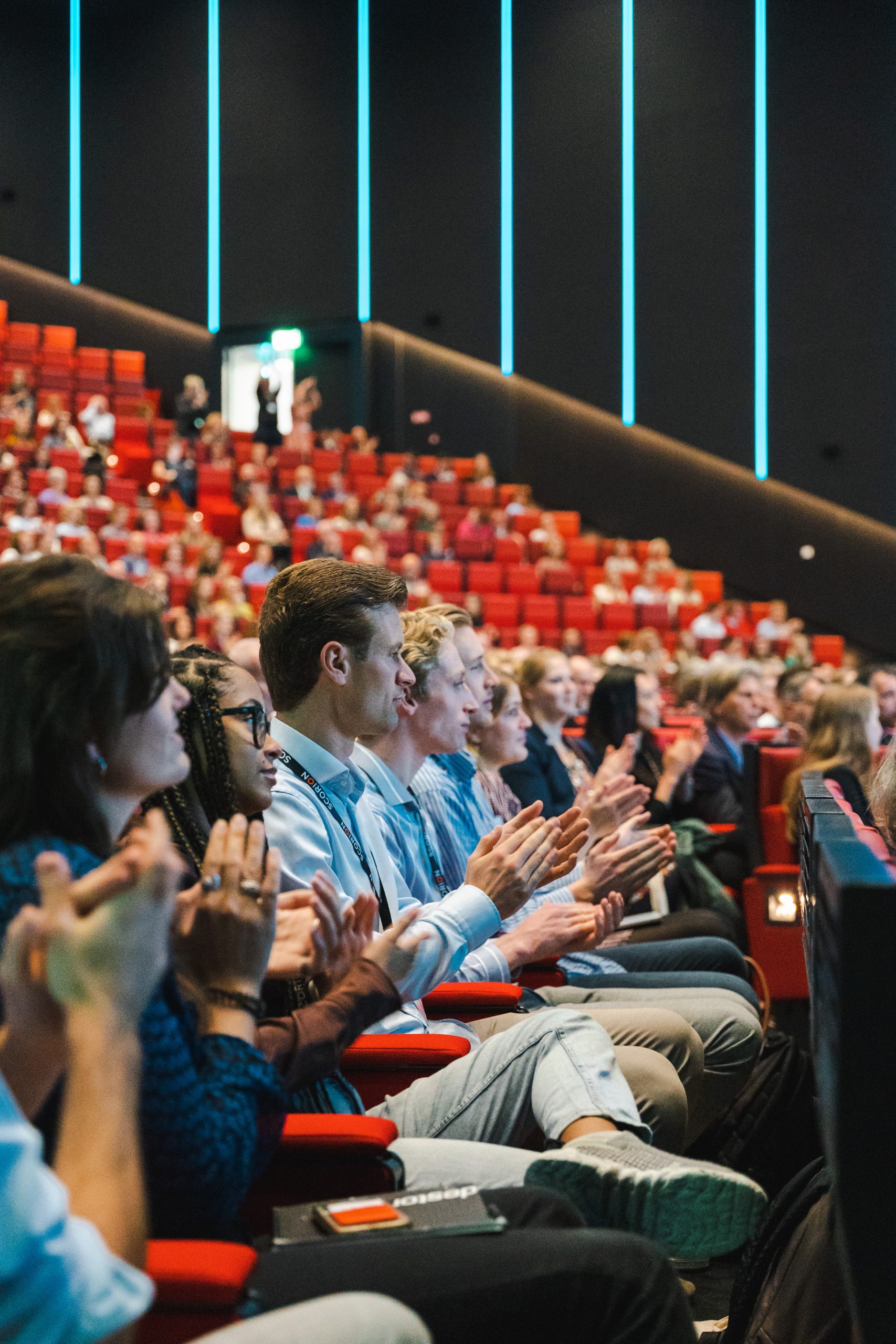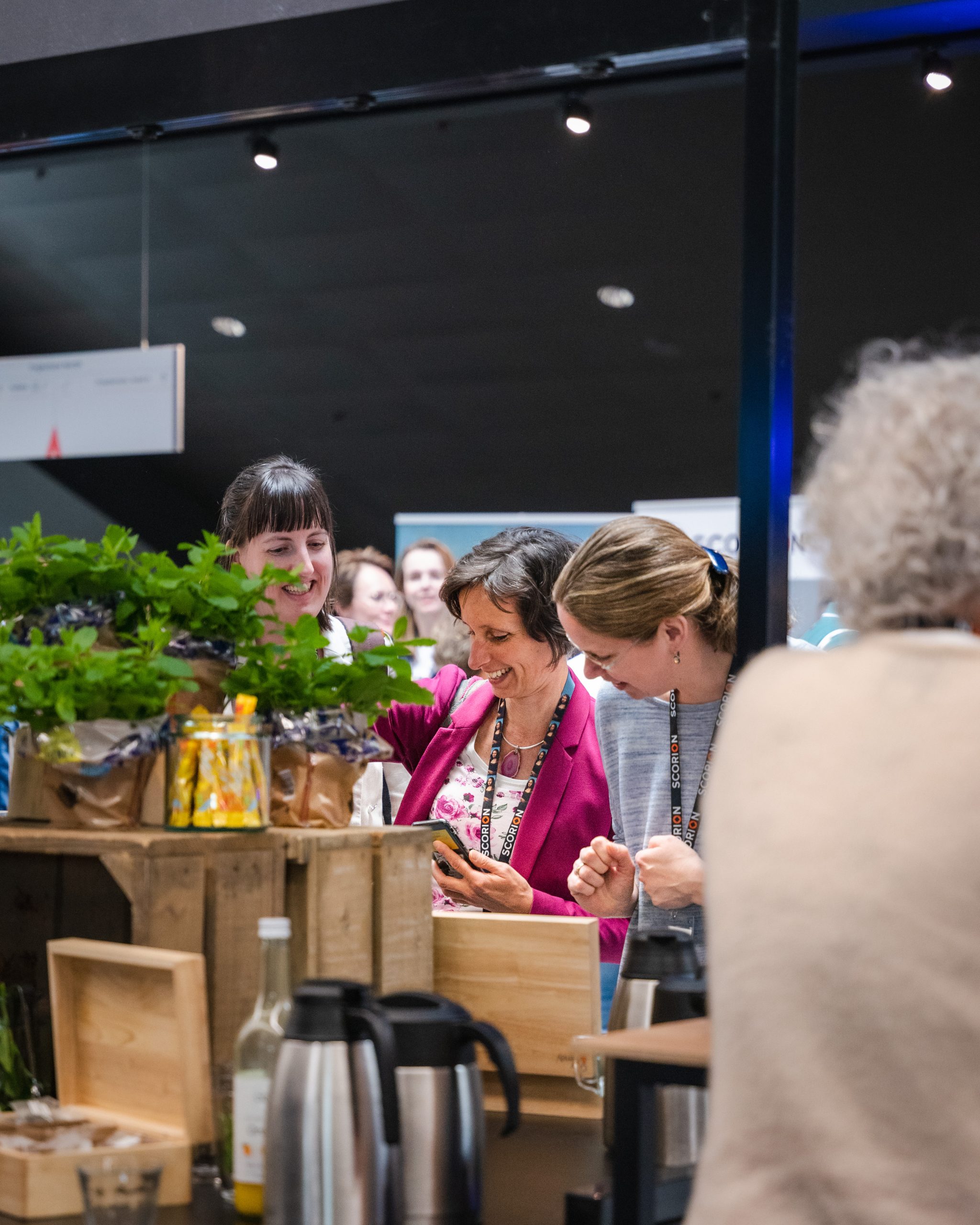Introduction: Arts and humanities are often positioned as ‘additive’ to medical education, rather than ‘intrinsic’. They are also used to teach skills and perspective-taking more than utilising their transformative potential to propel personal insight and social advocacy. There is, therefore, a need for more meaningful and strategic integration of the arts in medical curricula. Existing reviews combine active and receptive arts engagement, although these methods represent different magnitudes of engagement.
Methods: This review aimed to synthesise the use of active arts engagement in undergraduate medical curricula internationally. We searched seven databases for articles published between 1991–2024.
Results: We reviewed 134 studies conducted in 27 countries (total n = 10,700). Most programs were medium-intensity (e.g., standalone modules), used visual and performing arts, and aimed to foster skills mastery, perspective-taking, and personal insight. Studies on artmaking for social advocacy were lacking, as was data about program evaluation and learner assessment. Almost all survey instruments used were unvalidated.
Discussion: Studies of active arts engagement are disproportionately low compared to receptive engagement, signaling missed opportunities to leverage the benefits of the arts. Most studies were conducted in high-income countries, illuminating that lower-income countries do not have a strong voice in the knowledge exchange. To avoid devaluing the arts in medical curricula, we suggest that medical educators: a) direct attention to creative opportunities to engage students with social advocacy; b) collaborate with arts/humanities professionals and international medical educators; c) consider more meaningful and strategic integrations of active arts engagement into medical curricula, approaching them with the same rigor as other medical education programs to maximise their pedagogical potential.



